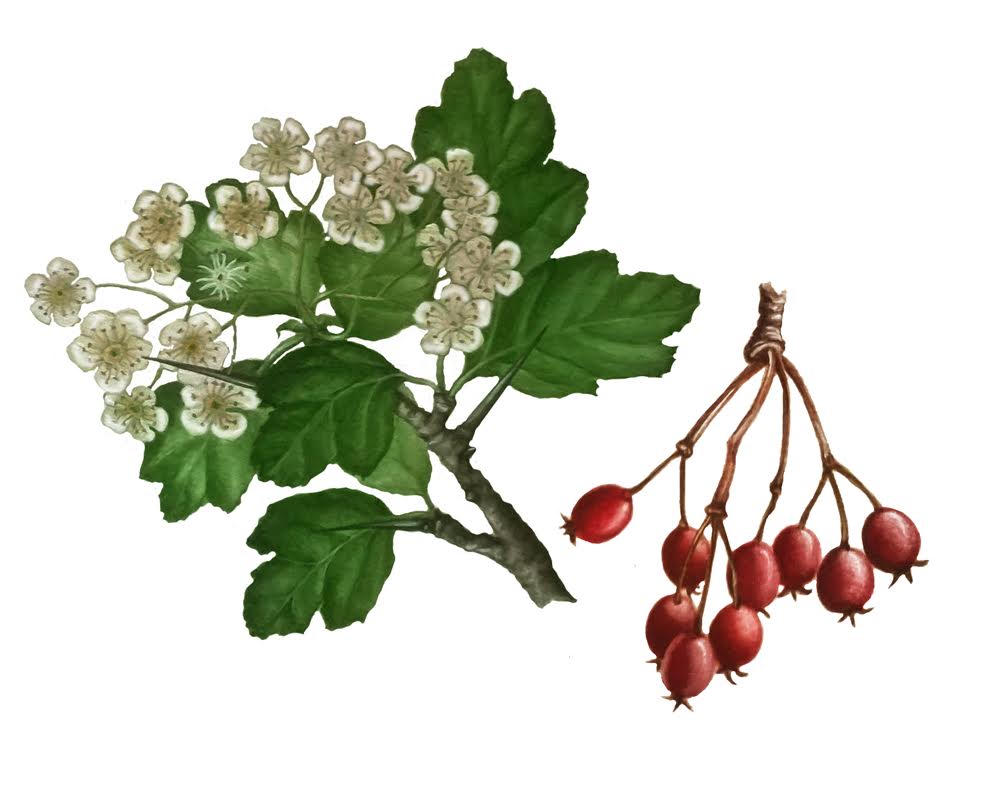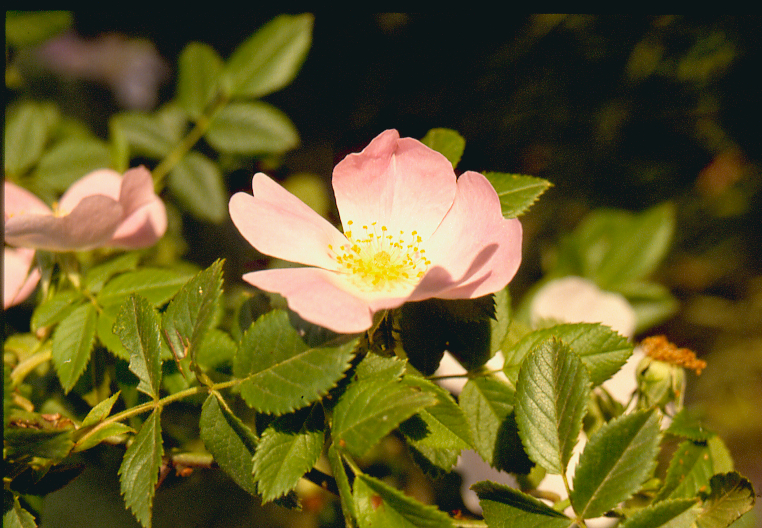
Saying may be thinking of roses. It is to the roses that poets, painters, musicians of all time have dedicated their works. It is to the roses that we refer if we want to talk about feminine beauty.
Yellow, pink, red, orange, violet, almost blue roses. Bush roses, vines, creeping, sapling. Botanical roses, ancient, modern, re-flowering, fragrant. Thousands of species, varieties and cultivars of this kind explode in spectacular blooms this month giving us the happiness of having been able to see another spring! In short, I do not know if it is understood: it is the genre Rosa the protagonist of the May appointment …
Where to start? The thousands of varieties and cultivars that hundreds of gardeners and enthusiasts have created can be found in specific gardening publications. Here we will talk about some of those beautiful wild species that we can find walking through woods and countryside.
So let’s start with the most common wild rose in Italy, Dog rose (Rosa canina L.). Also called Wild Rose or Rose of the bush, it is very common in hedges and on the edge of the woods. Its habitats of choice are the thickets of beech, fir, pine and deciduous oaks, up to an altitude of 1900 m. It is a pioneer species, able to resist cold and tolerate heat; being a rustic bush does not suffer attacks from many pests. It was introduced and naturalized also in North America, Australia and New Zealand.
Dog rose belongs to a group of ancient plants, whose origins date back more than forty million years ago, as evidenced by the fossil remains found in Colorado and Oregon. A genus, arrived to us also crossing the glaciations of the Pleistocene, which along its path has spread in various species.
It was Pliny the Elder who gave the name to this rose. It is not known if he called it “canina” because a Roman soldier was healed from anger with a decoction of its roots or by simple analogy, being the thorns of the bush similar to the sharp fangs of a dog, between the scratch caused by the plant and the bites of a dog.
The legend, however, wants Bacchus to fall in love with a nymph and, as usual, tried to conquer it. She fleeing in terror, stumbled in a bush and Bacchus joined her. Bacchus thanked the bush, turning it into a rose plant, making it emerge beautiful flowers of a delicate pinkish color, the same color of the nymph’s cheeks.
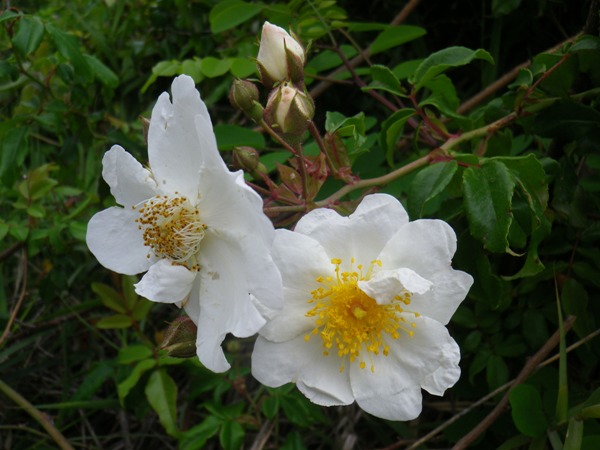
Less frequent and with a more limited range is the Rose of San Giovanni or Evergreen Rose (Rosa sempervirens L.), which grows in the range between 0 and 100 m s.l.m. Common in the countryside, along the hedges and on the edge of the woods, it can be considered a plant of the Mediterranean scrub, given its constant presence in the scrubland and the evergreen scrubland.
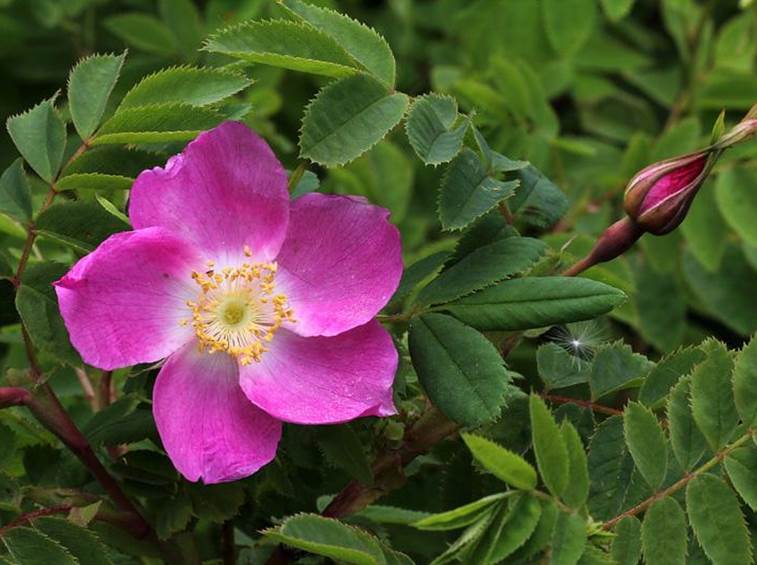
The Alpine Rose (Rosa pendulina L.) instead grows between 600 and 1800 m or more. It is at home in rather sparse woods, cliffs, gravel and stony pastures. It is a species of phytogeographic interest, because it is present in the southern Apennines as a relict species of colder times. Widespread throughout Central and Northern Europe, it is adapted to live even above the limit of trees, where it acts as an orophyte, managing to grow and develop in conditions of considerable daily temperature range, strong daytime sunshine and containing its period vegetative in a very short time.
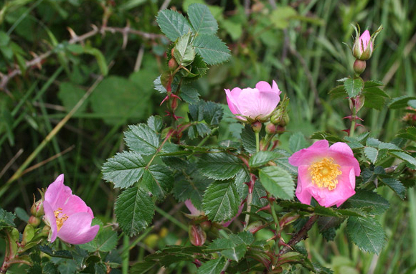
Another rose adapted to live in very sunny mountainous areas is the Rosa di Serafini (Rosa Seraphini Viv.). It is a very rare species, short and creeping, very spiny and can reach the meter in height. Vegeta in the coppice woods, in the bushes, along the hedges and in the garrigues of the mountainous areas very exposed from 800 to 1800 m of altitude.
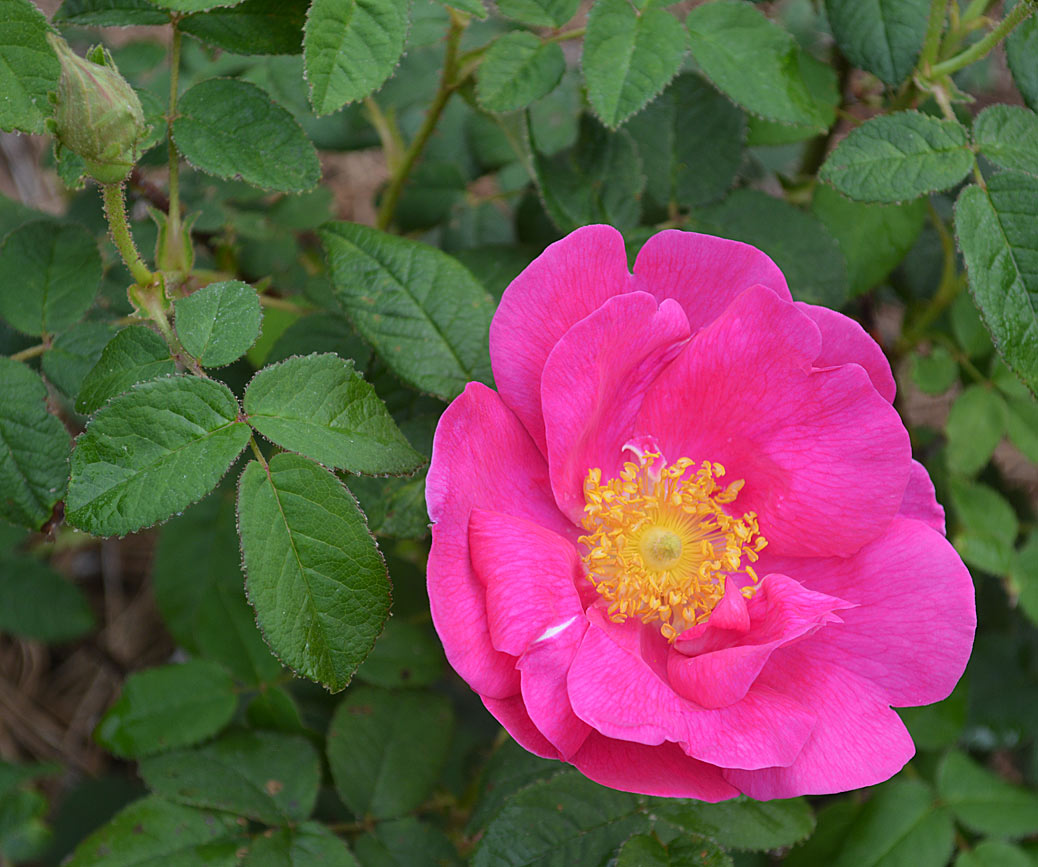
We close this review of exceptional beauty with a rose arrived in our country for a long time and far, the French Rose (Rosa gallica L.), whose pinkish-purple flowers illuminate groves and wild places.
History testifies its existence as a wild species in Central Asia; then cultivated by Persians and Egyptians, it was finally adopted by Greeks and Romans, where the French Rose was used for body care or for ornamentation. Great users of the rose and its derivatives, the Romans widely cultivated this queen of flowers. Virgil, in the fourth canto of the Georgics regrets the lack of time to praise the art of cultivating gardens and rose gardens.
Some think that the French Rose is of Persian origin because a legend of this country tells that the particular purple color of this flower derives from the blood fallen from the wounded breast of a nightingale: the unbridled passion for the white rose causes it to steal the wonderful flower with a hurry. The branches, breaking, wound the nightingale and the blood colors the petals of the rose.
But if the origin of this rose is still attributed to the regions of East Asia, how come its specific Latin name is “Gallica” = of Gaul? Linnaeus, during his work of rearrangement of the nomenclature, had examined a sample coming from France (Gallia) and decided, in spite of its origins, to affibbiarle the specific name of Gallica. This is how the long “walk” of this rose took place along the whole Eurasian continent!
Credits:
Author: Anna Lacci is a scientific popularizer and expert in environmental education and sustainability and in territory teaching. She is the author of documentaries and naturalistic books, notebooks and interdisciplinary teaching aids and multimedia information materials.
Translation by Maria Antonietta Sessa


